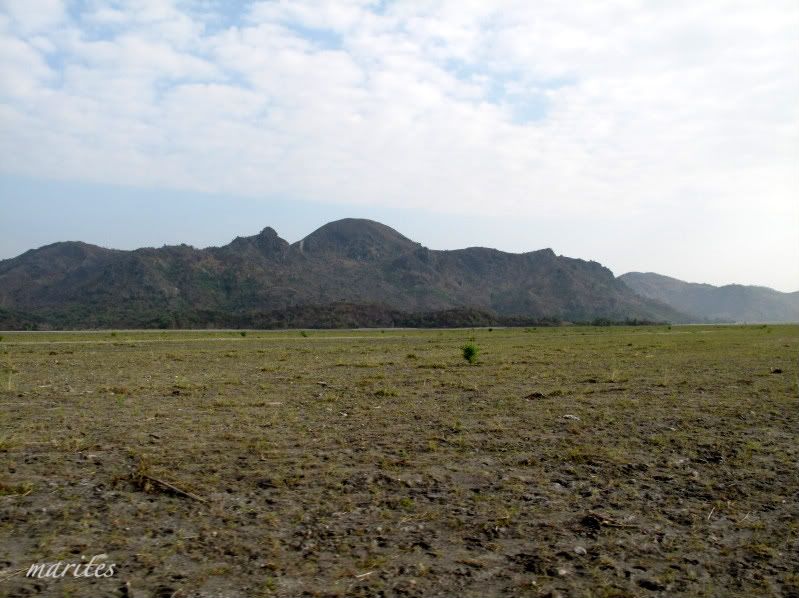"This is going to be a long day." That was my first thought upon entering our voting center. Today is the 2010 Philippine Election Day. We arrived at a little past 10 o'clock in the morning and already, the place was brimming with people, voters and onlookers alike.
Not surprising since there was just too much hoopla going on for this first ever electronic national election of this country. So, how was the 2010 national election Philippine-style like?
First, the would-be voter goes to his/her designated voting center or voting precinct. A lot of people started as early as 7 o'clock in the morning but only were able to vote at 10 o'clock in the morning.
Would-be voters look for their name in the voting list by the door of the voting precinct. This one created chaos among the voters because a lot of them did not know what precinct and what cluster they belong to. It would've been easier if the confirmation was first done online or the Commission on Elections sent out letters to voters informing them of their assigned voting precincts.
After the voter confirmed his/her name in the voting list, the voter will next get a priority number by the entrance of the voting precinct and wait for his/her number to be called. Today, the waiting time took about more than three (3) hours compared to about an hour during the previous elections.
They call the numbers by tens per batch. Senior citizens are allowed to get on line ahead of the others. When the voter's number gets called, the called voter lines up to be identified, to sign, affix their right thumbprint and get their ballot papers from the Bureau of Election Inspectors (BEI). This has caused more waiting time than the previous elections when would-be voters won't need to wait for their numbers to be called and could just line up on a first come, first serve basis.
Usually, there are three BEI's, who are mostly public school teachers, assigned in each precinct.
After getting the ballot paper from the BEI's, the voter takes a seat and starts casting his/her vote in the provided ballot paper by shading the small circle beside the preferred candidate's name.
In the previous elections, however, casting one's vote entailed writing the exact name of all your preferred candidates on the spaces provided in the ballot. The shading of the small circles took me about 10 minutes while for some people it took them about 15-20 minutes to do it.
After accomplishment, the voter will take the ballot and feed it to the Precinct Count Optical Scan (PCOS) machine. The voter will then wait for the confirmation of acceptance to be flashed on the machine screen.
After acceptance, an indelible ink would then be placed on top of the right index finger of the voter by one of the Board of Election Inspectors to signify that he/she voted already.

Go here for more
My World entries.
SHARE AND ENJOY THIS POST:























































